Existing in an Chinese painting is an interesting experience especially when joined by thousands of others. The mountains in Anhui Province are legendary: Huangshan or Yellow Mountain is an iconic place... they say there are five mountains in China you must see before you die, but if you visit only one -it should be Huangshan. When you see Chinese Landscape paintings - particularly on a vertical scroll - again and again you see stylized representations of Huangshan. Vertical granite walls, organic sculpted pine trees framing the views, accented by variable cloudscapes, these define this archetypal mountain landscape. After seeing so much Chinese art, it is especially interesting to feel like you were IN a painting.
The place exists on its own but more intensely, it exists as part of a cultural landscape, one that has intense meaning for a few thousand years. Many trees and places are named and there are the 5 places that must be seen. We got lucky, the weather was clear, it is usually rainy but that prevented our seeing "the sea of clouds", one of the 5. The paved stone walkways were PACKED with people, it felt like a city park - maybe more like National PARK but with its urban park meaning. People were so excited to be there- it felt more like a pilgrimage - place as deity - than a typical mountain experience.
There are no roads, just stone paths and a few cable car routes. There are hotels and restaurants where EVERYTHING is carried up by hand - by these very tough guys (young and old) who carry 50 kg loads on a bamboo pole. A major hotel is being built with ALL materials carried up by hand. That alone, made every bite of dinner especially tasty and poignant.
The translation of iconic and traditional chinese places into modern tourism was interesting and telling of the transformations underway in Contemporary China. An efficient system of buses, trains, cable cars, hotels, and souvenir shops are in place to allow the maximum number of people to enjoy the place. Of course, with a 2-1/2 hour wait for the cable car on a Saturday morning in the summer (the worst possible timing) us masses may have to wait a while for the experience. With patience, we will have it and the pictures to memorialize our time with the mountain.



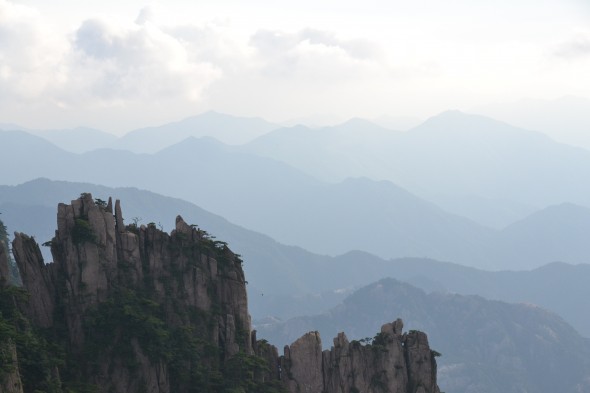

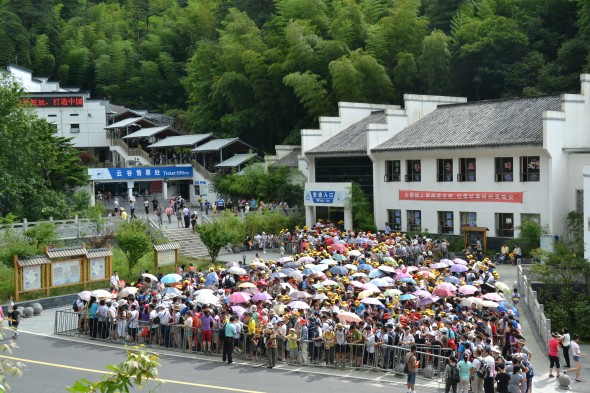
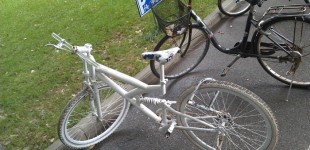
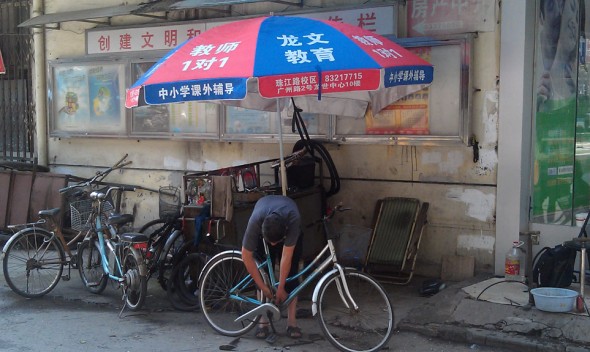


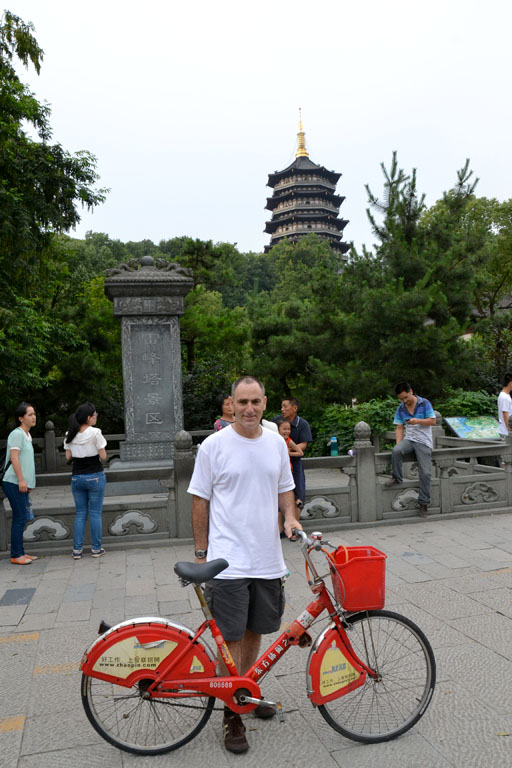

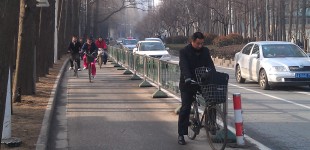
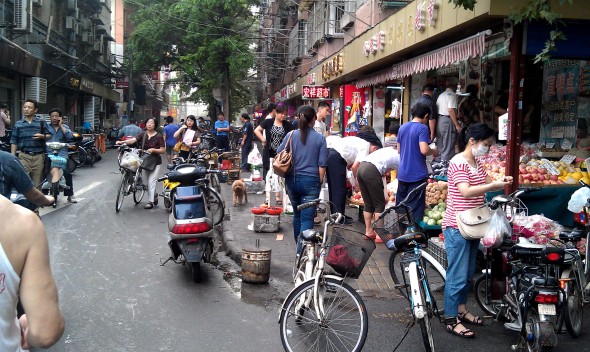

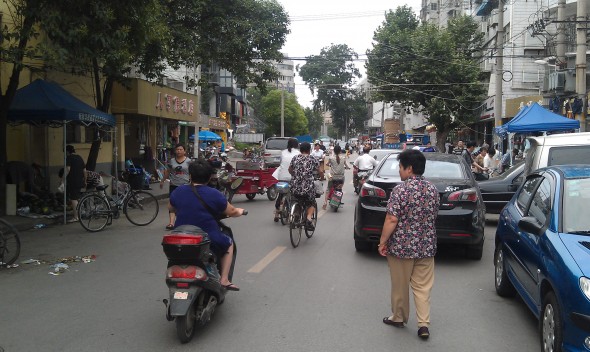





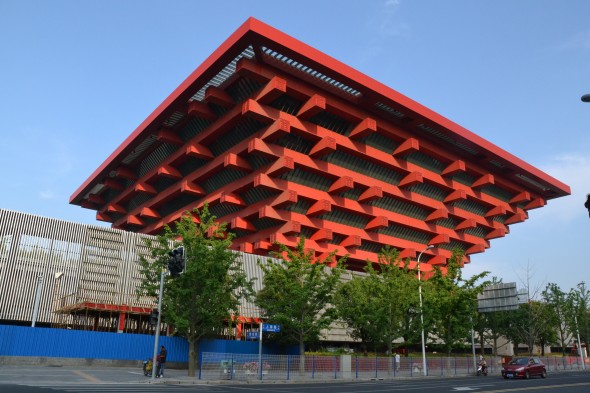
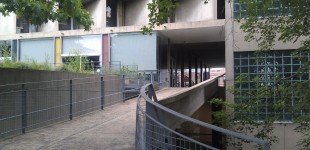

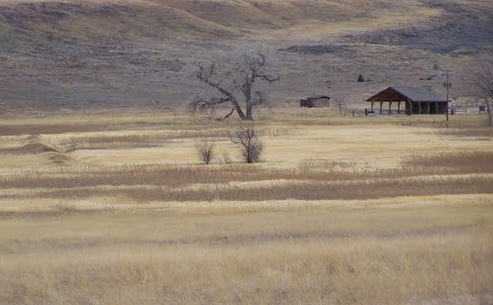

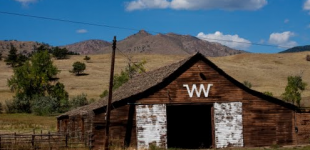
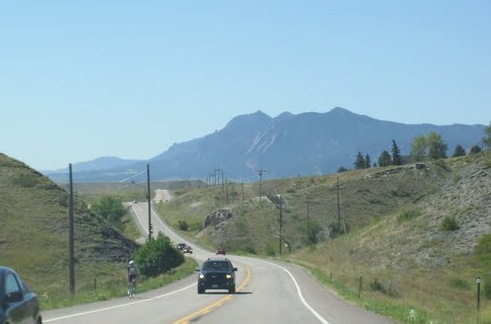
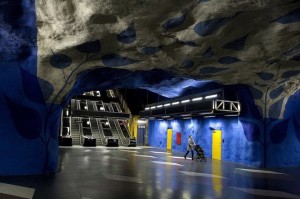
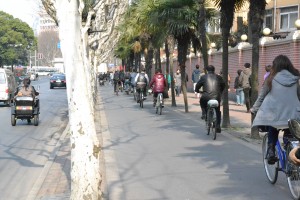

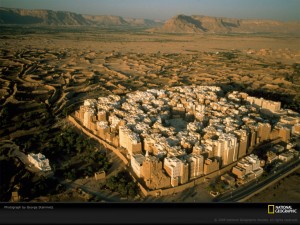
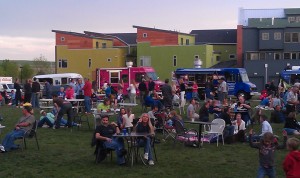
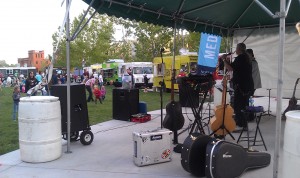

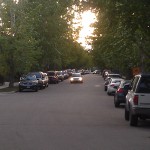


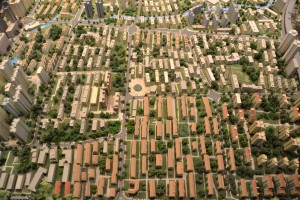
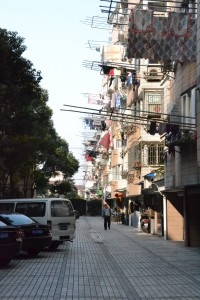

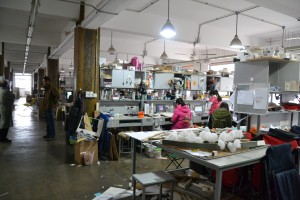

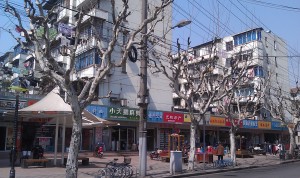
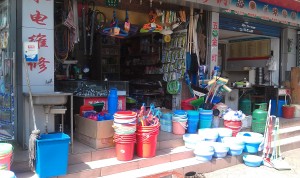
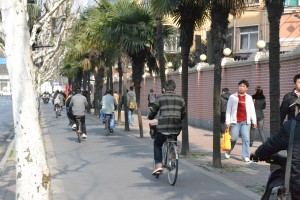
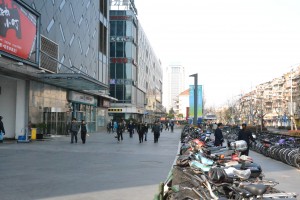
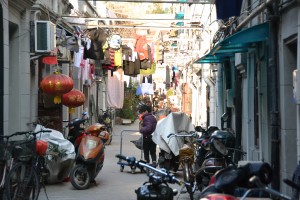



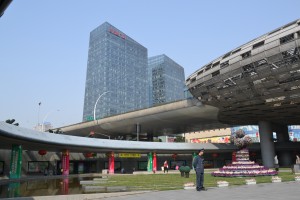
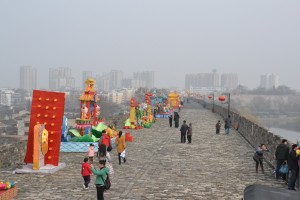
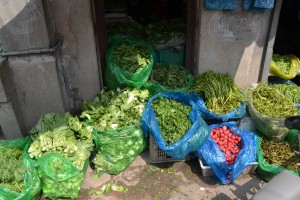
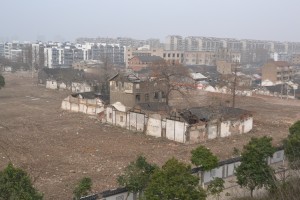
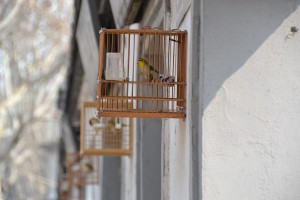



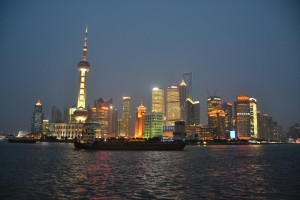
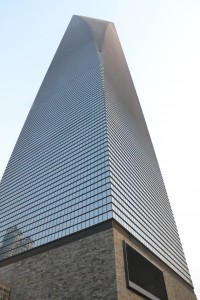

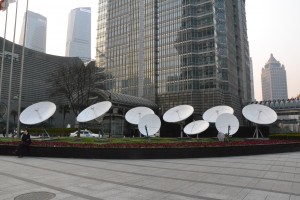
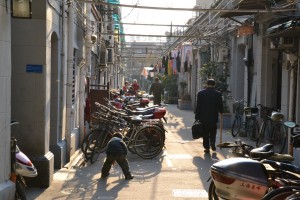
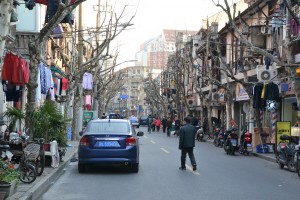
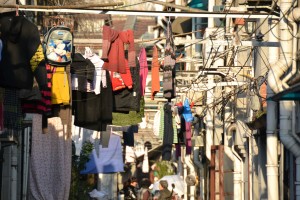
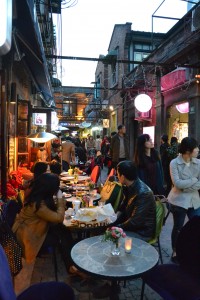

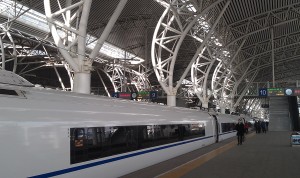
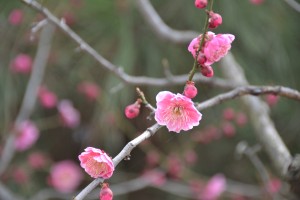
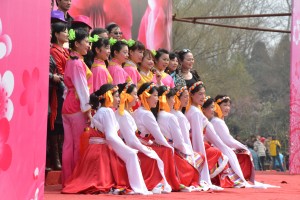

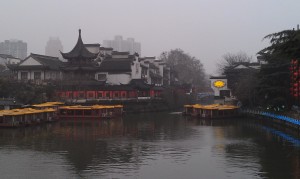
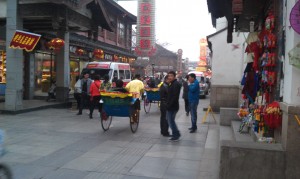 ckons and the plum blossoms blossom we wander Nanjing visiting places of history and of change. Amidst the chilly rains we see a city steeped in the ancient history of the Ming Dynasty and the incredible changes of the future unfolding before our eyes. Amidst the Ming dynasty city walls, we see the results of rapid change, the old houses and neighborhood, making way for what?? As is the case worldwide, Nanjing (and the rest of the country I presume) grapple with the intense urbanization amidst a historic low density fabric.
The land prices soar and displacement is the natural course. How to reconcile real estate values, history, local culture, and intense needs for housing, services and more.
ckons and the plum blossoms blossom we wander Nanjing visiting places of history and of change. Amidst the chilly rains we see a city steeped in the ancient history of the Ming Dynasty and the incredible changes of the future unfolding before our eyes. Amidst the Ming dynasty city walls, we see the results of rapid change, the old houses and neighborhood, making way for what?? As is the case worldwide, Nanjing (and the rest of the country I presume) grapple with the intense urbanization amidst a historic low density fabric.
The land prices soar and displacement is the natural course. How to reconcile real estate values, history, local culture, and intense needs for housing, services and more.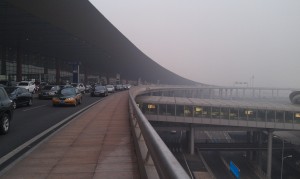
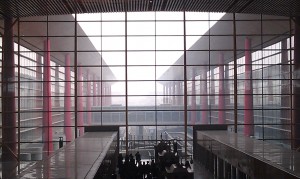 - yet the homogeneity of experience especially in the delirium of jet lag have one feeling a bit overwhelmed as the curve disappears into the haze. Airports have this strange anywhereness ... this one has a bit of THIS IS CHINA - and the sense of epic arrival of the old trains stations - yet
- yet the homogeneity of experience especially in the delirium of jet lag have one feeling a bit overwhelmed as the curve disappears into the haze. Airports have this strange anywhereness ... this one has a bit of THIS IS CHINA - and the sense of epic arrival of the old trains stations - yet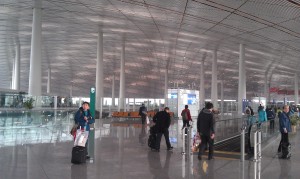

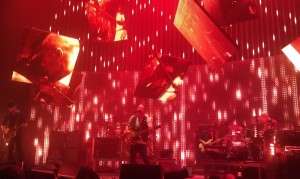 "Architecture is frozen music". So said Goethe. But the question that must follow is what kind of music. 29th Street Mall or your local indoor stroller may be Barry Manilow. Then seeing Radiohead the other night ... that is truly sublime. After such a transcendant event - seeing music that exhibits creativity, authenticity, a unique expression of an individual's journey in this world ... a journey of intensity, grace, and reflection .... what is the frozen counterpart of this profound expression. I can only hope to achieve such work. It provides a mark to shoot for - an analog in another art form - to try and create places, spaces, buildings that have the same sense of meaning and touch people in such a deep way.
"Architecture is frozen music". So said Goethe. But the question that must follow is what kind of music. 29th Street Mall or your local indoor stroller may be Barry Manilow. Then seeing Radiohead the other night ... that is truly sublime. After such a transcendant event - seeing music that exhibits creativity, authenticity, a unique expression of an individual's journey in this world ... a journey of intensity, grace, and reflection .... what is the frozen counterpart of this profound expression. I can only hope to achieve such work. It provides a mark to shoot for - an analog in another art form - to try and create places, spaces, buildings that have the same sense of meaning and touch people in such a deep way.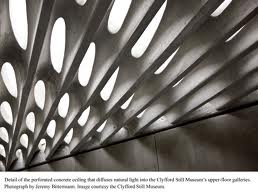
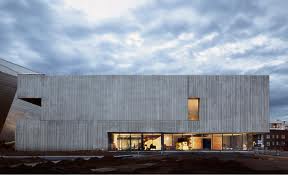
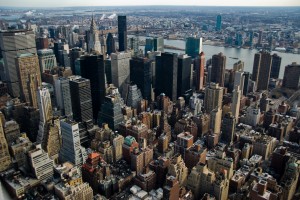
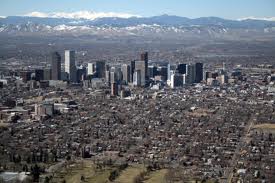
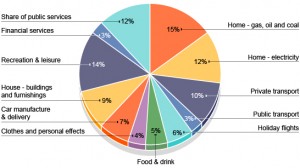 one way to look at a neighborhood. What has been interesting is that there is a)no standard way to do this, b)it only tells part of the story, and c)there are so many unique qualities to a neighborhood that this metric can be mis-leading. But the neighborhood size is interesting since it is the lens through which we best understand our individual experience of the city and is of a scale that we can have an impact that is significant. So we forge ahead ... and try to invent a methodology. One group is developing an actual calculator - add data into a spreadheet and BLAM! a number comes out.
one way to look at a neighborhood. What has been interesting is that there is a)no standard way to do this, b)it only tells part of the story, and c)there are so many unique qualities to a neighborhood that this metric can be mis-leading. But the neighborhood size is interesting since it is the lens through which we best understand our individual experience of the city and is of a scale that we can have an impact that is significant. So we forge ahead ... and try to invent a methodology. One group is developing an actual calculator - add data into a spreadheet and BLAM! a number comes out.